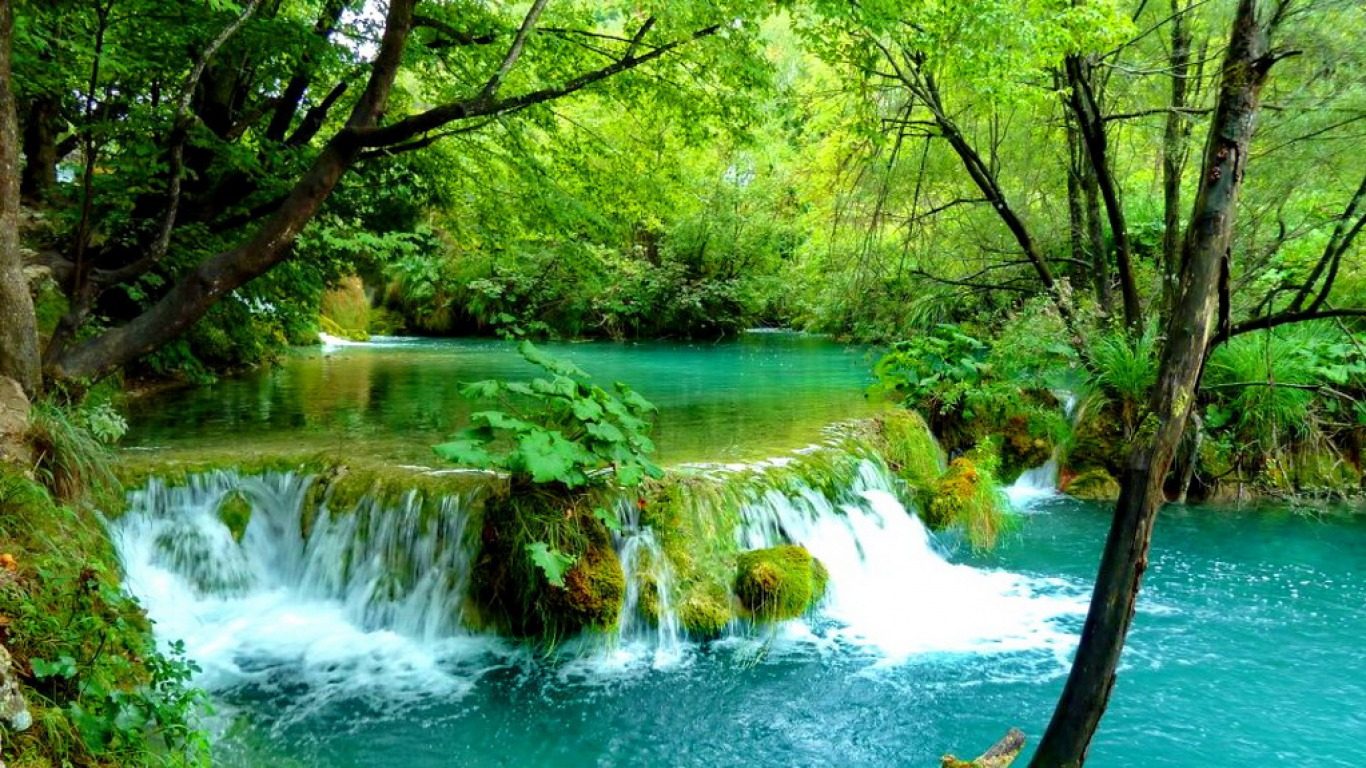Waterfalls, with their majestic descent of water from heights, are not merely visually captivating wonders; they are also intricate displays of physics in action. The formation and behavior of waterfalls are governed by a symphony of forces, blending fluid dynamics, gravity, and geological considerations. In this article, we delve into the physics that underpin the mesmerizing cascade of water in a waterfall.
- Gravity’s Role:
- At the heart of every waterfall is the force of gravity. As water accumulates in elevated areas, gravity becomes the driving force that compels it to move downhill. The steeper the descent, the greater the gravitational pull, intensifying the velocity of the falling water.
- Potential and Kinetic Energy:
- The water at the top of a waterfall possesses gravitational potential energy due to its elevated position. As it descends, this potential energy is converted into kinetic energy, the energy of motion. The higher the waterfall, the more potential energy is transformed into kinetic energy, resulting in a more forceful descent.
- Fluid Dynamics:
- Fluid dynamics plays a crucial role in shaping the form of a waterfall. The behavior of water as it flows over different surfaces, encounters obstacles, and interacts with the air contributes to the intricate patterns and shapes observed in waterfalls.
- The velocity of water, influenced by the volume of flow and the height of the fall, determines the dynamics of the waterfall, including the formation of cascades, spray, and the mesmerizing curvature of the falling water.
- Impact and Erosion:
- When the falling water makes contact with the plunge pool or the surface below, it generates powerful impacts. These impacts, over time, contribute to erosion and the sculpting of the landscape.
- The erosive action of a waterfall can result in the formation of plunge pools, potholes, and unique rock formations, showcasing the transformative power of water under the influence of gravity.
- Air Resistance and Spray:
- As water descends, air resistance comes into play. The interaction between the falling water and the surrounding air creates spray and mist, adding to the visual spectacle of the waterfall.
- Air resistance can influence the trajectory of the falling water, contributing to the diverse shapes and patterns exhibited by different waterfalls.
- Geological Influences:
- The underlying geological structure of the terrain contributes to the formation and characteristics of waterfalls. Variances in rock composition, hardness, and fault lines can influence how water interacts with the landscape, leading to the creation of distinct waterfall features.
Waterfalls, while captivating our senses with their beauty, also provide a canvas for understanding the fundamental principles of physics. From the interplay of gravity and potential energy to the fluid dynamics shaping the descent, the physics of waterfalls weave a fascinating tale of forces at play in the natural world. Appreciating the physics behind waterfalls enhances our understanding of these dynamic landscapes and the intricate balance between natural forces and geological formations.

